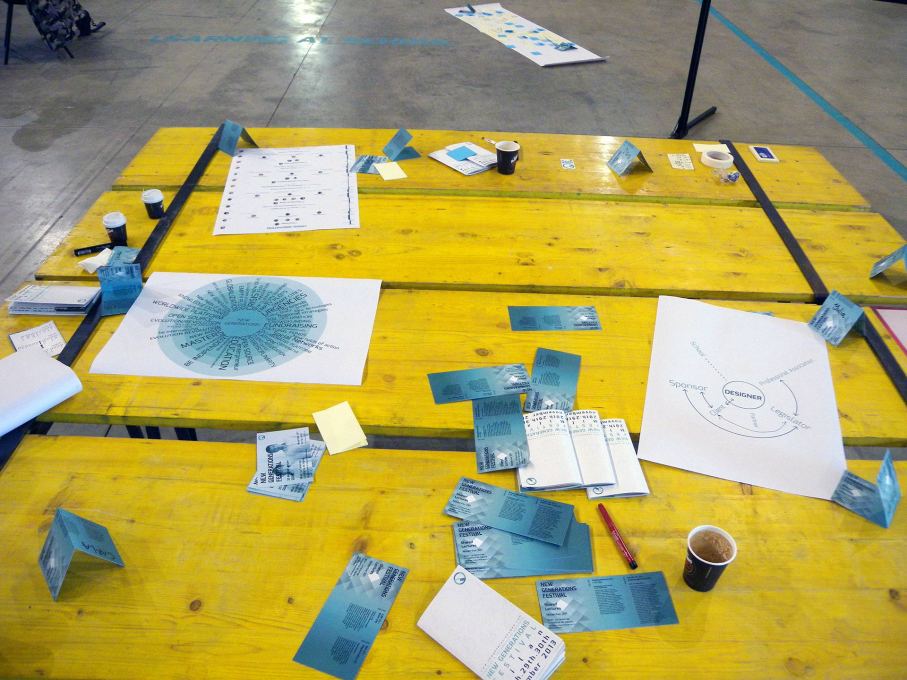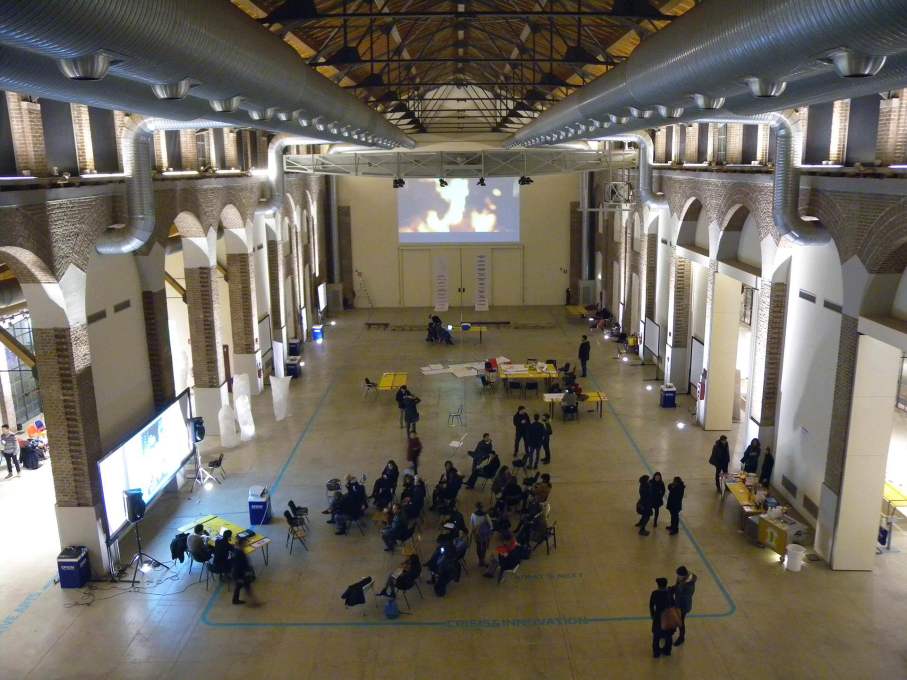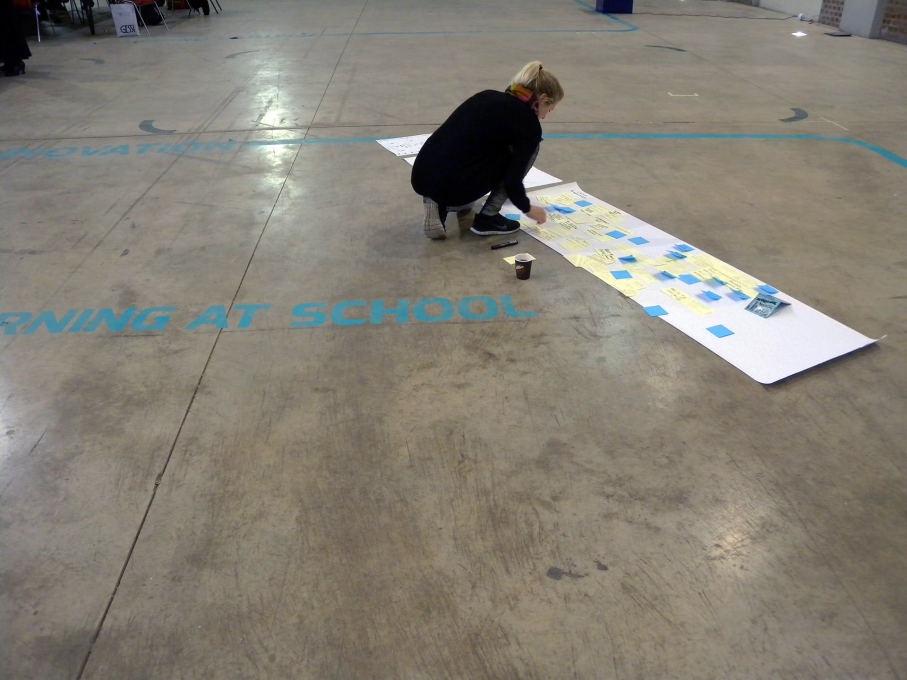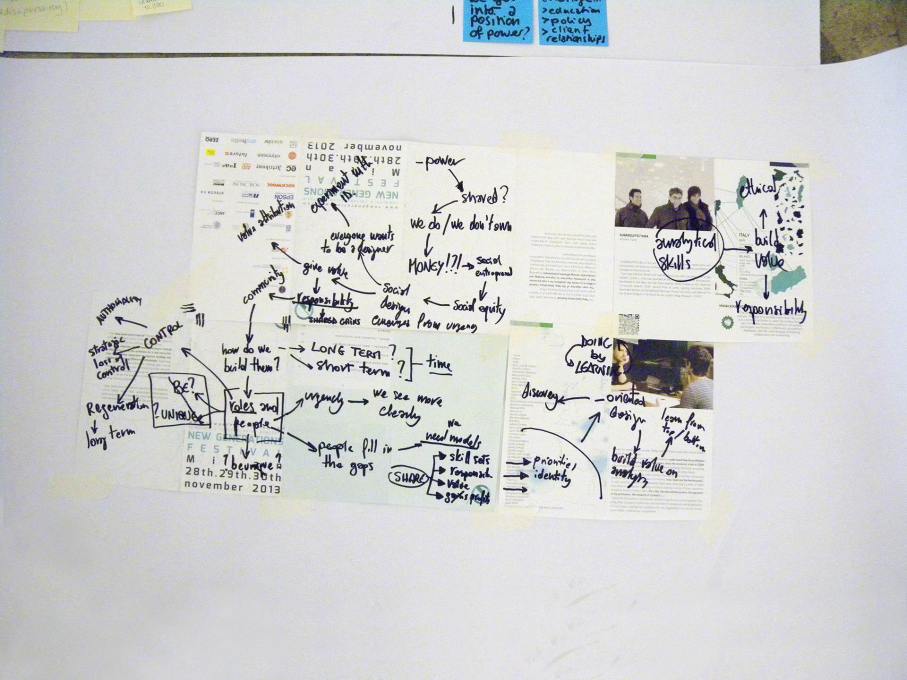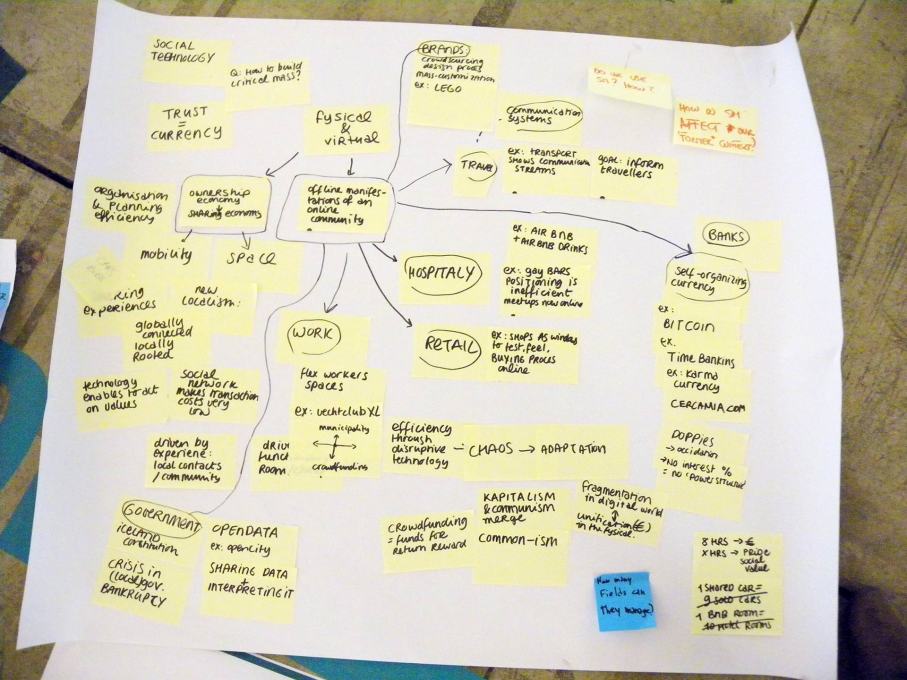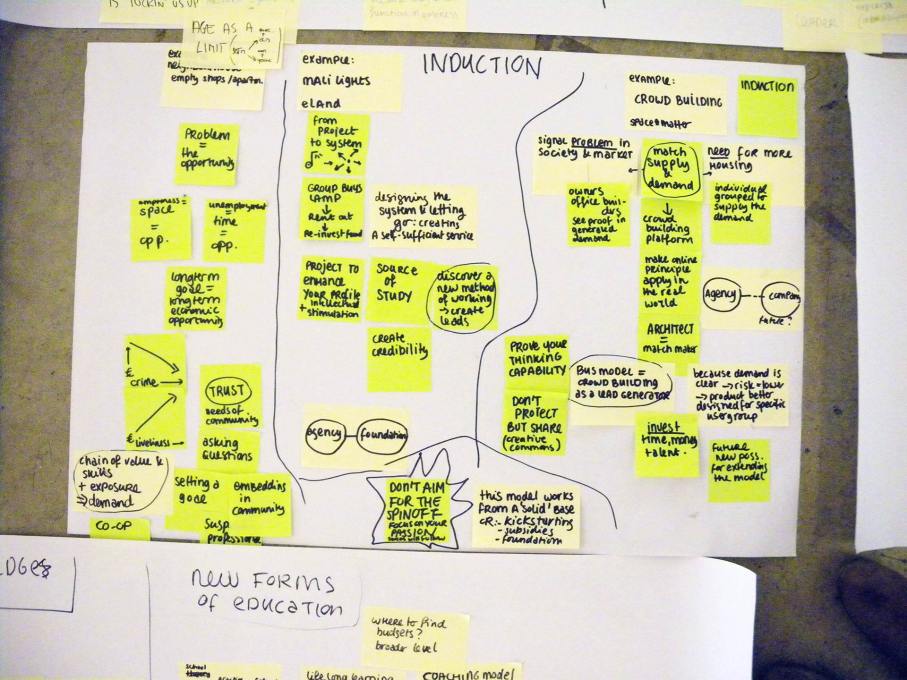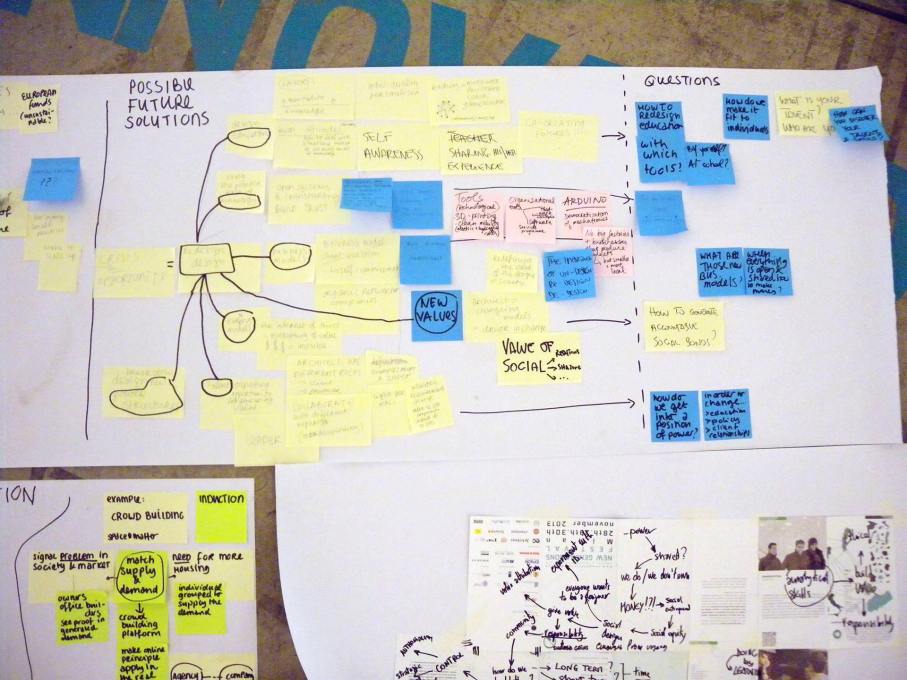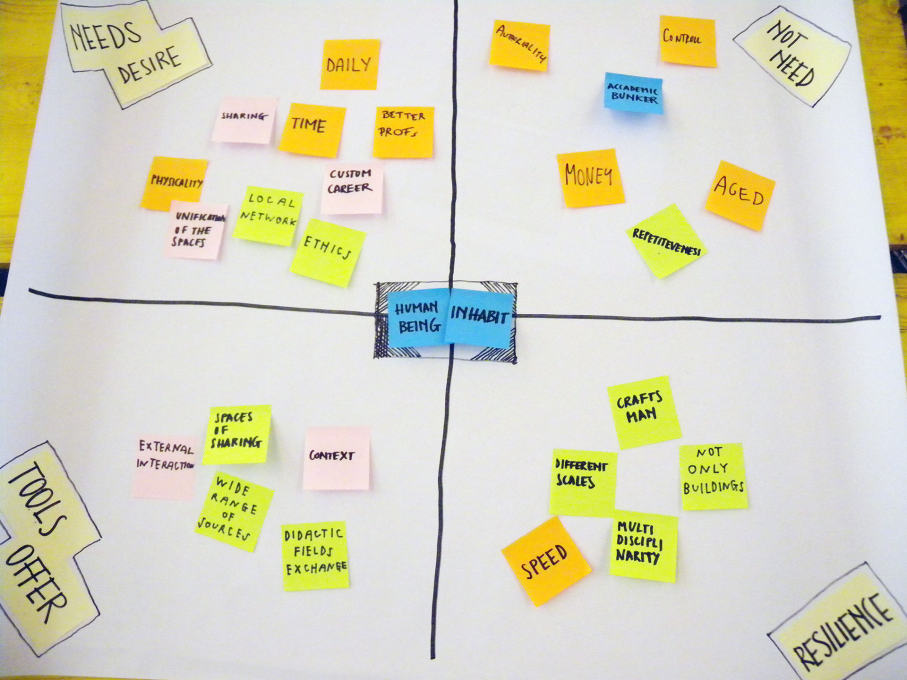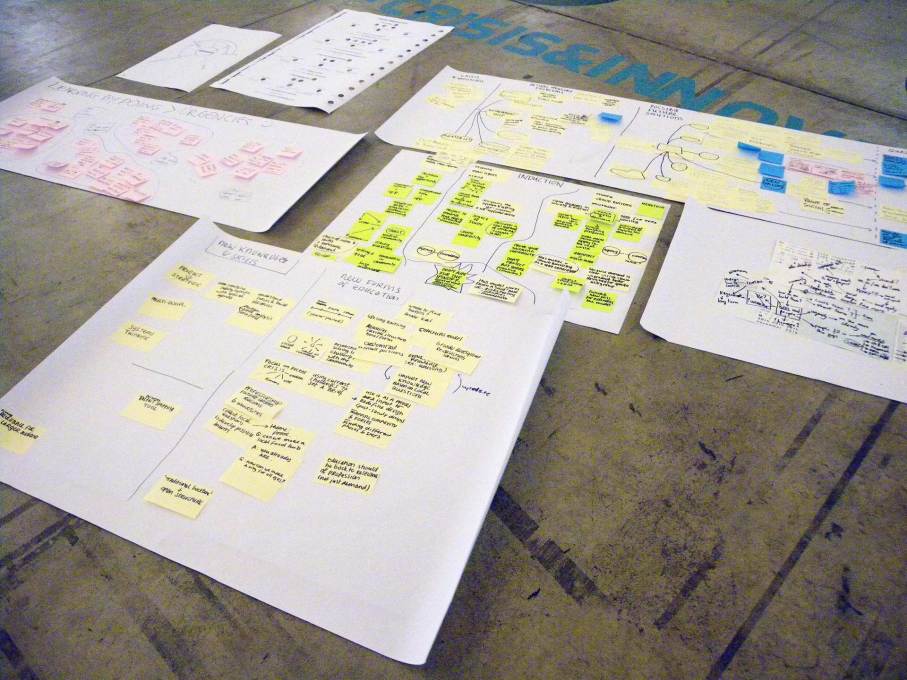uncube’s Rotterdam correspondent and architect Jason Hilgefort and uncube’s editor-in-chief Sophie Lovell attended the first New Generations Festival in Milan and were inspired by the hands-on optimism of a generation of architects turning crisis to advantage. Here is their joint report from a conference that was all about sharing.
As with so many other disciplines and industries, there is massive diversification taking place in architecture in Europe at the moment instigated to a large extent by economic crisis and social and professional need. Change is nothing new in itself, but this time it is facilitated by network access which means that an enormous number of stories and strategies are being told, and more importantly getting heard, than ever before. It is a good time to ask again the question: What is architecture?
In many ways, the current state of architecture feels as though the buildings themselves have disappeared and architects are left grasping for what is left – the people, the spaces between buildings, and systems that link buildings. In the absence of buildings to play with, the young architecture community is finding ways to engage with all the elements that frame buildings.
The New Generations Festival, conceived by Itinerant Office (led by Gianpiero Venturini) in 2011 and held for the first time in Milan this November, gathered together some 150 young architects, predominantly from Europe, to “create conditions for real encounter… to improve bonding and collaboration among professionals”. Over three days of lectures, workshops and Pecha Kucha presentations, the architects and groups present had the opportunity to discuss and share projects and methods that covered an incredible array of platforms including micro-communities, services, urban regeneration, job creation and even trading with alternative currency systems. In the light of their output, the question of what defines an architect at least can probably best be answered as: service provider, or facilitator for communities.
The event was held in a 19th century former tram and train factory called La Fabbrica del Vapore (the Steam Factory), which was long an abandoned building that has now found new life as a cultural hub. The space was grand and open with a series of overlapping events occupying the corners and edges at different moments of the festival. In many ways the spatial qualities combined with the attitudes of the participants were indicative of the current state of architecture itself – finding scattered, free flowing ways of reinterpreting space and its use.
The festival’s emphasis was very much upon the pragmatic and the practical, rather than the theoretical. Issues ranging from structure and transparency to trust were discussed in great detail by this new generation of multi-talented, multi-disciplinary, flexible and adaptive architect-service-providers in workshops with names like ‘crisis and innovation’ and ‘community and build’. The abundance of short 20-minute lectures scattered throughout and shared presentations provided access points for exchanges on approach, method and communication strategies – as well as the all-important issue of funding.
It feels that perhaps in this state of ‘crisis’, in terms of the financial world but perhaps more in terms of the profession, architects have strayed from their long love affair with the theoretical and have engaged with the massive complexity that are today’s urban conditions. In previous times of crisis the field would often turned inward toward paper architecture and theoretical writings. But this younger generation has inverted that tendency and instead opened itself up to the entangled pursuits of the city, its landscape, and its community.
With conventional commissions nowhere to be found, these architects are finding ways of linking directly with the end user; forgoing the traditional middleman – the client. This shift has brought with it new modes of representation and discussion of the profession. But at the same time it is not just architects who are getting the message here. The participation of official bodies from the European Union to local councils as well as organisations such as the Goethe Institute, or even property investors, in the informal, and sometimes rather maverick, initiatives demonstrated here provides evidence of a parallel shift towards mainstream acceptance of such projects as potentially effective drivers of change and regeneration.
The spectrum of enterprises and concepts presented was as broad as it was inspiring: There were Dutch architects generating new infrastructure models that embraced, rather than rebelled against, the status quo, by recombining informal and formal structures in surprising ways (L+CC). Spanish architects demonstrated a generation of impromptu urban spaces in local environments (Subarquitectura). Italian architects, as teachers, such as Professor Stefano Mirti from the Politecnico di Milano, are attempting to re-define the architectural education system via social media platforms. Yet others are generating flexible working spaces called ‘multifactories’ (Big Magma) for mixed groups and individuals from local communities with a variety of skills to get a foothold back in the workplace.
A few of the offices are going a step further and are reaching into roles traditionally occupied by others, outside the role of the architect. Space&Matter of Amsterdam took the complaints of the development community and used it as a launching point for them to be developers themselves. While Killing Architects has been undertaking research on what principals of urban design could do to enhance disaster relief scenarios. Perhaps in the most humble manner, [VIC] worked with an existing culturally torn community to develop a communal kitchen space for the citizens to come together.
None of these architects are designing ‘buildings’. None of them build discrete objects. Everything they do is embedded in the broad complexity of infrastructure with the multi-layered causes and effects considered from as many angles as possible. And all and everything is networked in ways that are not confined by national borders or specific interest groups. It has become fashionable to refer to this generation of architects as a ‘lost generation’. But this festival left one feeling quite the opposite. Those that find a way to practice through these times, engaging with the complexities outside of the building, seem to be gaining a wider perspective on their profession. And perhaps when the building commissions come in time, this generation of architects will be better equipped to harness the forces shaping their buildings and mould the ways their buildings serve society.
– Jason Hilgefort + Sophie Lovell




